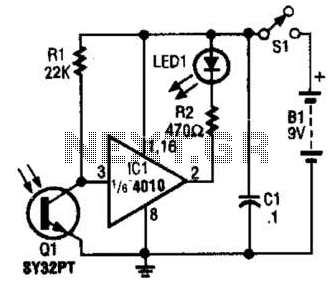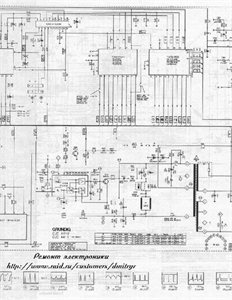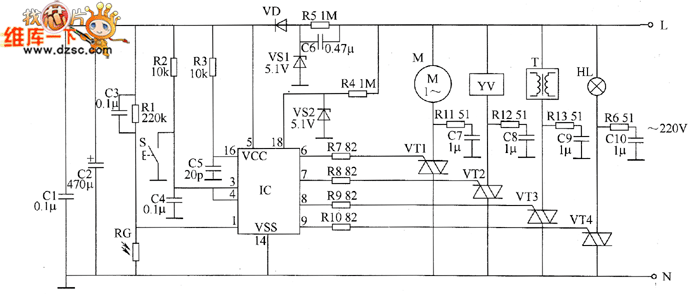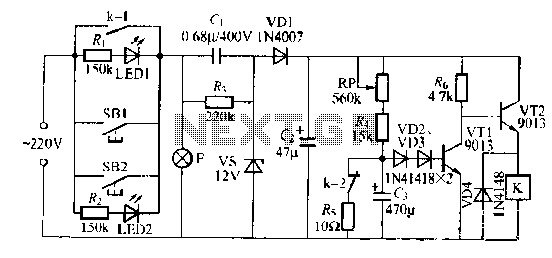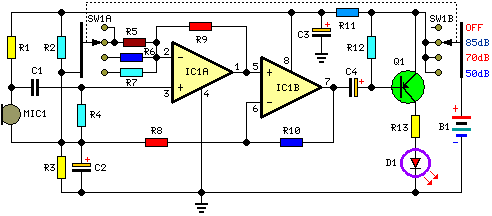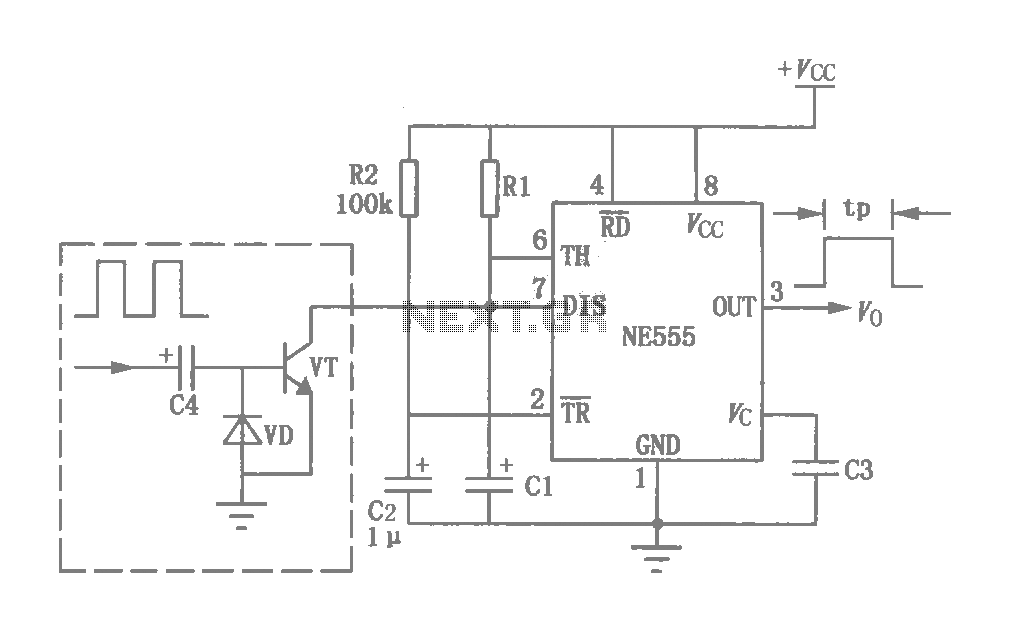
Op amp circuit diagram relay delay release
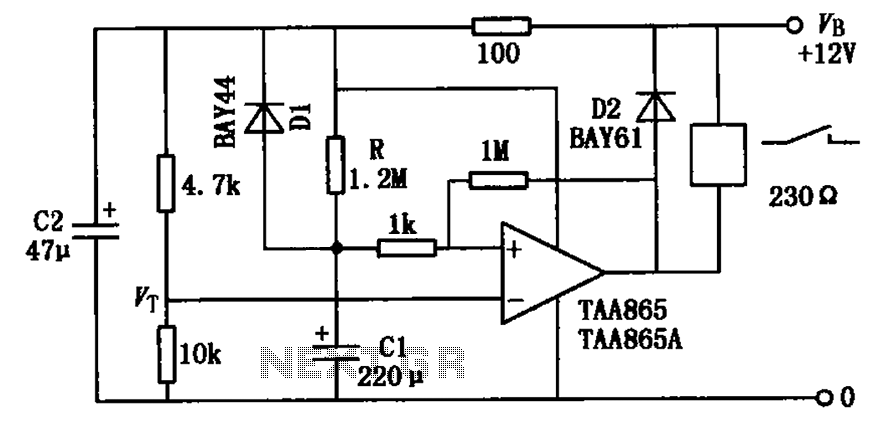
The circuit illustrated in the figure is a delayed release operational amplifier relay circuit. When the power switch is activated, a resistor of 4.7k is connected to the inverting input terminal of the operational amplifier. Additionally, a 10k resistor is used for partial voltage division. The capacitor C1 has an opportunity to charge, causing a low voltage to be applied to the non-inverting input. As a result, the output of the operational amplifier remains low, keeping the relay deactivated. The capacitor C1 begins to charge through a resistor of 1.2M. As C1 charges, the voltage across it gradually increases over time. Once the voltage reaches a sufficient level, the non-inverting input becomes high, leading to a high output from the operational amplifier, which activates the relay. This configuration serves as a relay delay release circuit. The duration of the delay can be adjusted by changing the 1.2M resistor; for example, with specific parameters, the delay time can reach approximately 260 seconds. The load circuit can include a relay, solenoid coil, lights, or other display and alarm devices.
The delayed release operational amplifier relay circuit employs an operational amplifier configured to act as a comparator. The inverting terminal receives a reference voltage through a 4.7k resistor, while the non-inverting terminal is connected to a charging capacitor (C1) that influences the output state of the op-amp. The timing mechanism is governed by the RC time constant formed by the resistor (1.2M) and the capacitor (C1), where the charge time of C1 determines the delay before the relay is activated.
When the circuit is powered, the capacitor C1 starts charging, and the voltage across it increases gradually. The operational amplifier's output remains low until the voltage across C1 exceeds the reference voltage present at the inverting terminal. At this point, the output of the operational amplifier transitions to a high state, activating the relay.
The relay can be utilized for various applications, such as controlling higher power devices or signaling alarms, depending on the load connected. The adjustable resistor (1.2M) allows for customization of the delay, making this circuit suitable for applications requiring precise timing control. The design ensures that the relay remains inactive during the charging phase of the capacitor, thereby preventing premature activation. Overall, this circuit is an effective solution for applications requiring a delay in relay activation. As shown in FIG relay the delayed release operational amplifier circuit. When the power switch, the inverting input terminal of the operational amplifier is added resistor 4.7k and 10k partial pressure of VT, C1 had a chance to charge the non-inverting input is applied low. Therefore, the operational amplifier output is low and relay. And the power to charge the capacitor through resistor 1.2M C1. With the charging capacitor C1, the voltage which is gradually increased over a period of time on the Cl voltage becomes high, so the non-inverting input plus is high, the operational amplifier output is high, the relay It is released. So this circuit is a relay delay release circuit. The length of the delay time can be varied by adjusting the 1.2M resistance, such as by the parameter map, the delay time is about 260s.
Load circuit may be a relay or solenoid coil may be lights and other display and alarm devices.
The delayed release operational amplifier relay circuit employs an operational amplifier configured to act as a comparator. The inverting terminal receives a reference voltage through a 4.7k resistor, while the non-inverting terminal is connected to a charging capacitor (C1) that influences the output state of the op-amp. The timing mechanism is governed by the RC time constant formed by the resistor (1.2M) and the capacitor (C1), where the charge time of C1 determines the delay before the relay is activated.
When the circuit is powered, the capacitor C1 starts charging, and the voltage across it increases gradually. The operational amplifier's output remains low until the voltage across C1 exceeds the reference voltage present at the inverting terminal. At this point, the output of the operational amplifier transitions to a high state, activating the relay.
The relay can be utilized for various applications, such as controlling higher power devices or signaling alarms, depending on the load connected. The adjustable resistor (1.2M) allows for customization of the delay, making this circuit suitable for applications requiring precise timing control. The design ensures that the relay remains inactive during the charging phase of the capacitor, thereby preventing premature activation. Overall, this circuit is an effective solution for applications requiring a delay in relay activation. As shown in FIG relay the delayed release operational amplifier circuit. When the power switch, the inverting input terminal of the operational amplifier is added resistor 4.7k and 10k partial pressure of VT, C1 had a chance to charge the non-inverting input is applied low. Therefore, the operational amplifier output is low and relay. And the power to charge the capacitor through resistor 1.2M C1. With the charging capacitor C1, the voltage which is gradually increased over a period of time on the Cl voltage becomes high, so the non-inverting input plus is high, the operational amplifier output is high, the relay It is released. So this circuit is a relay delay release circuit. The length of the delay time can be varied by adjusting the 1.2M resistance, such as by the parameter map, the delay time is about 260s.
Load circuit may be a relay or solenoid coil may be lights and other display and alarm devices.
